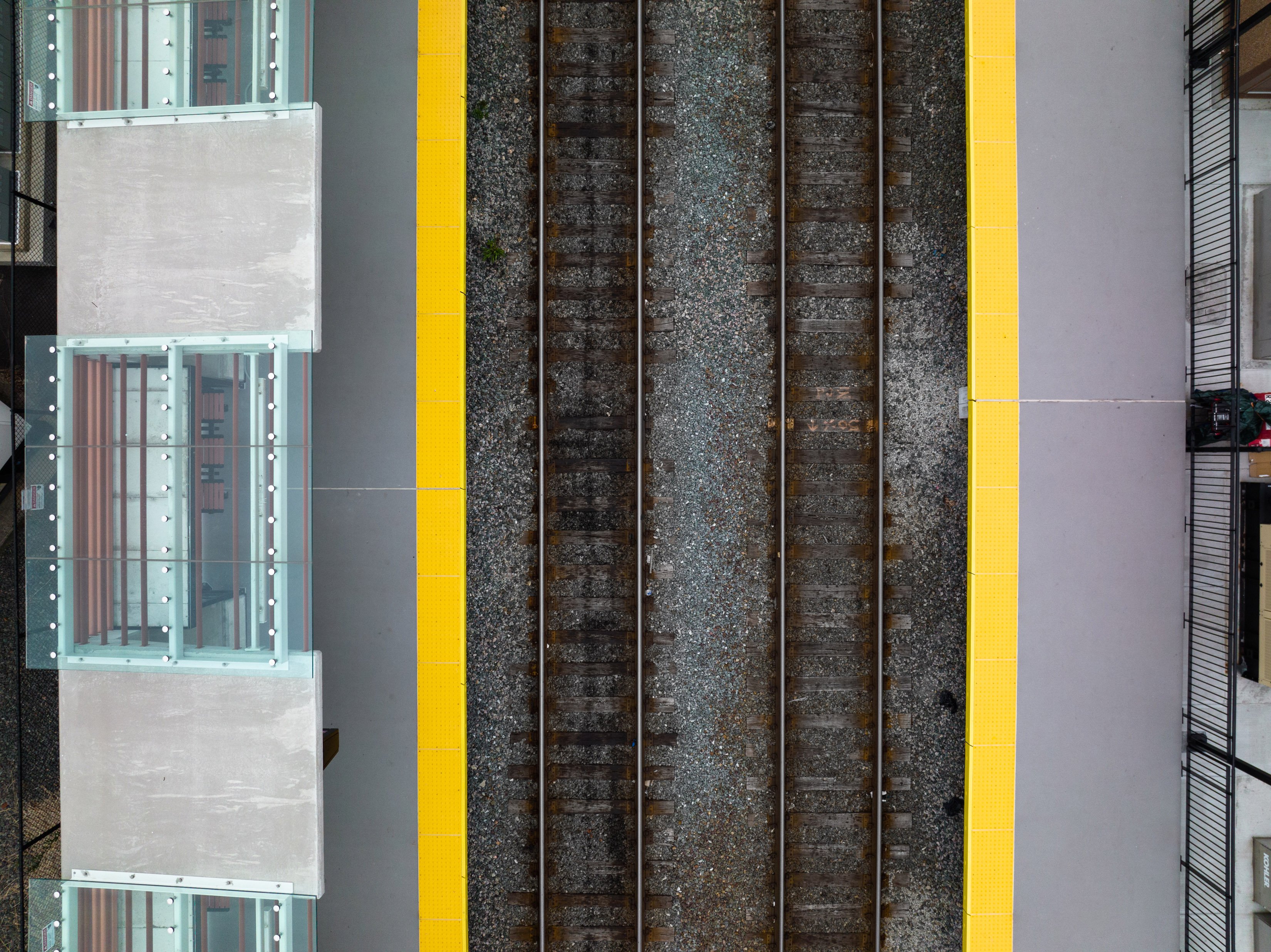In April 2024 U.S. Bureau of Transportation Statistics reported a total of 582,425,931 rail passenger miles in the U.S. Infrastructure expansion plans promise a new era of passenger rail in the U.S. with sustainable designs that focus on delivery of modern trains, enhanced stations and facilities, new tunnels, bridges and other upgrades. When it comes to helping commuters and travelers make critical connections, Fiber Reinforced Polymer (FRP) bridge decks and platforms remain the rail industry’s unsung heroes.
Connections
In 2023, more than 28 million passengers rode Amtrak nationwide. The National Railroad Passenger Corp.’s infrastructure projects support plans to double ridership by 2040. With ridership expanding rapidly along the Northeast Corridor, Amtrak’s plan to invest $176 billion in upgrades will double the number of trains running between New York and Washington by 2038. Helping rail users get from point A to point B [and sometimes points C and D] is integral to streamlining train travel. At the stations, FRP rail platforms and bridge decks have proved a robust alternative to conventional products like concrete. The maintenance-free, corrosion-resistant material easily lends itself to lightweight prefabricated structures that are being used for platforms, overhead access to both sides of the rail station as well as nearby parking and stairways. The growing number of repeat customers is continuing to establish CCG FRP products in this market space.
 The FRP Advantage
The FRP Advantage
Railroad agencies routinely point to three primary features that make FRP panels the go-to product for both new installations and retrofits. The corrosion-resistant structures are able to withstand harsh weather, de-icing chemicals and high foot traffic. The prefabricated, lightweight panels can be installed overnight, limiting the impact on train schedules and the inconvenience to commuters. CCG’s long-lived composite products are designed for zero maintenance.
A Repeat Customer
Rail passengers want easy connections. In some cases, like Chelsea Commuter Rail Station in Chelsea, Massachusetts, ready access takes innovative engineering and advanced materials. In 2019 CCG designed and installed an FRP three-level-switchback bridge at Chelsea’s Bellingham Square Station to eliminate a long walk for commuters and provide a direct pathway to the bus and rail station.
 The same year The Massachusetts Bay Transportation Authority (MBTA) also contracted with CCG to supply two single-level FRP 800-ft.-long platforms on either side of the tracks at nearby Chelsea Station. The original station was inconvenient for passenger transfers between different modes of transportation and it was inaccessible to people with disabilities. MBTA General Manager Steve Poftak said, “Allowing for faster boarding and improved accessibility for people of all abilities, this fully modern, completely accessible Chelsea Station is a key investment in our commuter rail infrastructure and a great upgrade for our commuter rail riders.”
The same year The Massachusetts Bay Transportation Authority (MBTA) also contracted with CCG to supply two single-level FRP 800-ft.-long platforms on either side of the tracks at nearby Chelsea Station. The original station was inconvenient for passenger transfers between different modes of transportation and it was inaccessible to people with disabilities. MBTA General Manager Steve Poftak said, “Allowing for faster boarding and improved accessibility for people of all abilities, this fully modern, completely accessible Chelsea Station is a key investment in our commuter rail infrastructure and a great upgrade for our commuter rail riders.”
The Bellingham Station project also marked the first time CCG introduced another innovation—color. FRP panels were infused with a blue/gray tint to meet aesthetic requirements. Read more about CCG’s development of a color pallet for its FRP products.
